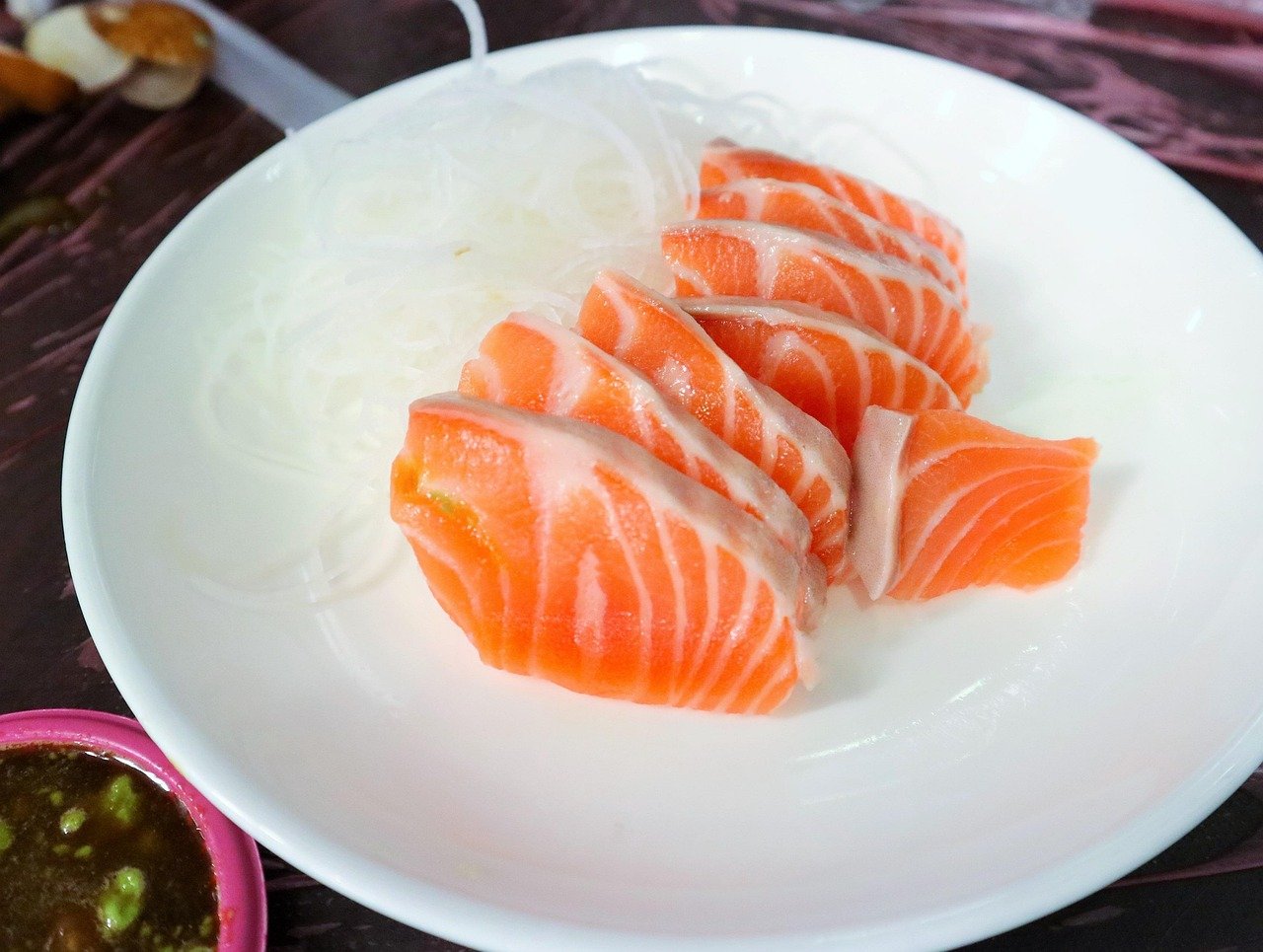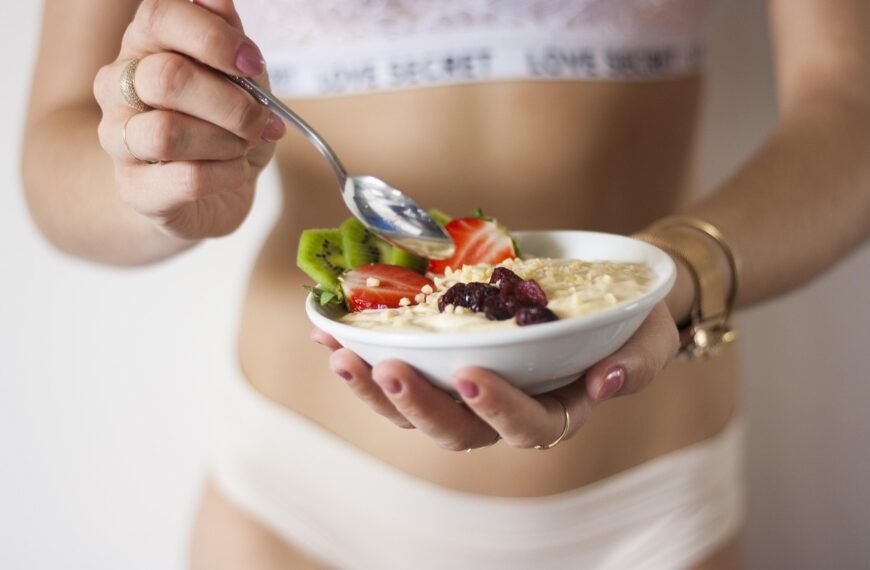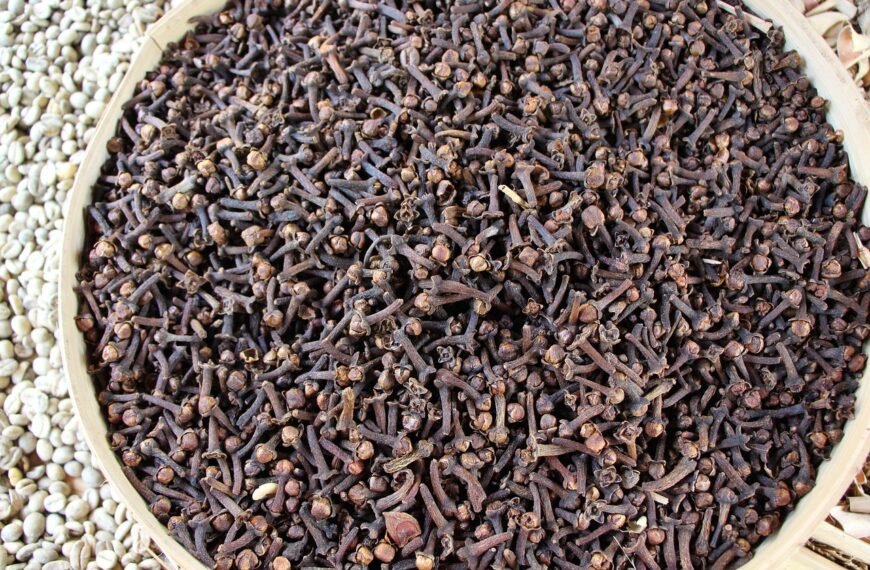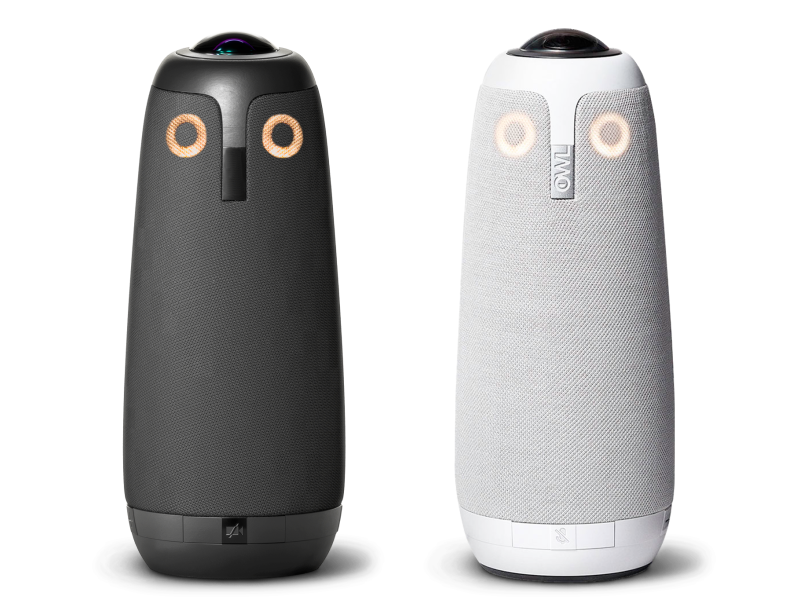We often see salmon as a superstar of healthy eating. It’s famous for its good fats and protein. But a growing warning from health experts suggests that the farmed salmon on many plates might not be healthy as it seems. Despite its bright pink color and affordable price, there are hidden concerns you should know about.
Nutritionists point out that the life of a farmed salmon is very different from its wild cousin. Wild salmon eat a natural diet from the ocean. Farmed salmon are raised in crowded pens and are given a processed feed. This artificial diet dramatically changes the fish’s nutritional value.
One of the biggest differences is in healthy fats. Farmed salmon can contain significantly lower levels of beneficial omega-3s compared to wild salmon. This is a direct result of the food they eat.
The crowded conditions on fish farms also lead to other issues. To prevent disease and promote growth, farmers often use chemicals, pesticides, and antibiotics. These substances can build up in the salmon’s fat and may end up being consumed by you.
Even the appealing pink color of farmed salmon can be artificial. In the wild, salmon get their color from eating crustaceans. On farms, they are often fed color additives to achieve the same look, making them more appealing in the grocery store.
Because of these factors, some experts suggest that choosing wild-caught salmon is a healthier option when you can. While all salmon provides protein, understanding the source is key to making the best choice for your health. The next time you shop for salmon, look beyond the color and price to ensure you’re getting the true nutritional benefits.


















